How to Recycle: Tips and Tricks to Get Started
Posted on Aug 19th 2019
How to Recycle: Tips and Tricks to Get Started
Knowing how to recycle (and what to recycle) seems like it should be obvious, but we’ve all had that moment - staring at an item wondering “is this recyclable?” Then either tossing it into the garbage or recycling bin, hoping that it was the right thing to do.
Recycling is absolutely critical, as is knowing how to recycle correctly. Instead of sitting in the landfill for eons, recycled goods are remanufactured into new materials and products. Using recycled goods conserves the resources (such as trees for paper or petroleum for plastic) and land that would have otherwise been used to produce virgin materials. Recycled goods typically require 30-70% less energy to manufacture than virgin goods, and emit fewer carbon emissions.
It is equally important to know how to recycle properly; in ways that adhere to your waste management company’s specific requirements. One of the biggest challenges that recyclers face is dealing with contamination - non recyclable items they have to find and toss out. “When we collect the material, it has as much as 25 percent contamination, but by the time we sell it, it needs to have less than one percent,” says Susan Robinson, senior director of sustainability and policy for Waste Management. High contamination levels in baled, ready to sell recycled material is one of the leading reasons why China and other Asian countries have banned the import of various recycled materials into their countries.
So what’s an earth loving person or business to do if they want to know how to recycle?
FIRST: Get set up with your waste management provider.
- If you don’t already have a recycling pickup service in place, call your hauler and get it set up (typically they add the service to your account, let you know the pickup days, and bring you bins for collection).
- If your hauler doesn’t offer curbside recycling (1) find a new hauler or (2) research places you can drop off recycling
THEN: Find out what your recycling service accepts!
This is ESSENTIAL! Every recycler is different.
Some only accept aluminum cans and corrugate. Others accept a wide variety of items, including yogurt containers and milk cartons. It all depends on whether or not the recycling facility has a ready buyer for the material.
For example, EcoCycle serves Boulder County (including EcoEnclose - we adore working with them)! In our completely biased opinion, they are one of the most incredible waste management providers ever - 100% committed to sustainability and zero waste principles. They’ve worked hard to find ready markets for a variety of recycled materials and therefore accept relatively hard to recycle items such as yogurt containers and juice cartons. In other regions, waste management companies accept a more restricted list of items, and some have narrowed their accepted waste more after China’s recycling ban. EcoCycle has expanded the list of things you can recycle in a meaningful way.
The following compares recycling guidelines for EcoCycle here in Boulder County with recycling guidelines in the City of Erie in Pennsylvania.



Find your local guidelines, print them out and paste them where your home or business trash and recycling bins are set up.
Need Recycling Tips for Everyday Recycling? Here are common waste items that businesses and households produce -- and their “recyclability” level!
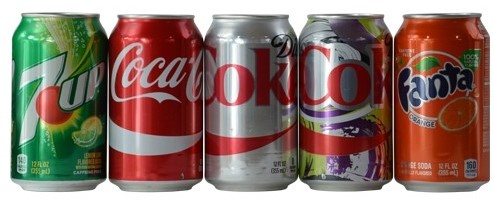
Aluminum (Including Soda Cans and Empty Aerosol Spray Cans)
Curbside: Accepted By Virtually All Curbside Programs
Steps: Rinse out your containers. Do not crush or flatten.
Outlook: Positive, Market for Recycled Cans is Strong
If you have a curbside recycling program, chances are very high that it accepts your aluminum. This includes empty soda cans and aerosol cans, as well as CLEAN and DRY aluminum foil. If it is food soiled, throw it out!
Soda cans and aluminum in general is endlessly recyclable, meaning that as a raw material, it can be recycled over and over again without losing quality. Paper and plastic, on the other hand, degrade in quality (i.e. paper fibers shorten and plastic weakens) with each recycle. Additionally, cans - like all scrap metal - fetch a high price (currently estimated at $0.35 per lb of recycled aluminum). In fact, recyclers often make over a quarter of their revenue from soda cans alone. 67% of aluminum cans in the US are recycled, making it one of the most frequently recycled packaging items in the US.
Resist the urge to crush or flatten your soda cans! Keeping the cans fully formed helps the sorting equipment at recycling centers properly identify them. Flattening your cans may lead them to get sorted out and landfilled instead.
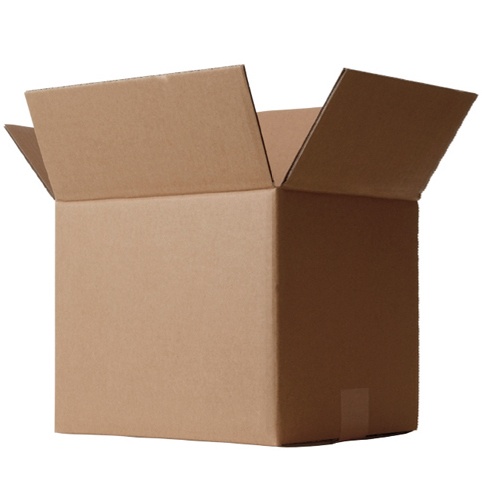
Corrugated Boxes
Curbside: Accepted By Virtually All Programs Curbside Programs
Steps: Slit and flatten boxes. Tape and labels can remain or be removed.
Outlook: Positive, Market for Recycled Corrugate is Strong
If you have a curbside recycling program, chances are very high that it accepts your corrugated boxes. Your boxes should be clean and dry. Pizza boxes are typically full of grease and should be composted or thrown away (or you can cut away the clean corrugate for recycling and dispose of the rest).
In this era of online shopping, businesses and households find themselves with more corrugated boxes than ever before! The good news is that shipping boxes are readily recyclable in most curbside recycling programs. Recycled corrugate (or OCC - Old Corrugated Cartons) is a pretty valuable commodity, it is typically a fairly clean and uncontaminated recycling stream, and there are quite a few domestic buyers for the material.
Remember to slit and flatten boxes out before placing in your bin.
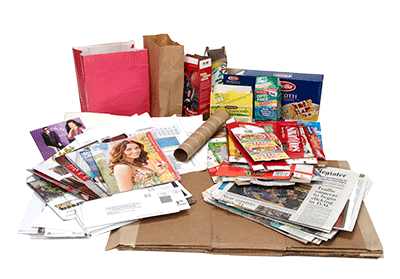
Cartons and Paper
Curbside: Accepted By Virtually All Curbside Programs
Steps: Slit and flatten any cartons. Staples and tape can remain.
Outlook: Moderate, Current Mixed Paper Market Faces Challenges, Future is Strong
If you have a curbside recycling program, chances are very high that it accepts your paper, paperboard and cartons.
This includes cereal boxes, postcards, envelopes, newspaper, and office paper and is considered “mixed paper” in the recycling world. Technically, mixed paper is very easy to recycle and historically, paper mills have always relied on recycled paper as a low cost input into their paper pulp stream. Unfortunately, single stream recycling led to a degradation in the quality and contamination levels in mixed paper. China was able to process this low grade recycled input cost effectively. The China recycling ban has led to (hopefully short term) challenges for mixed paper and some recyclers are stockpiling the material while some have stopped accepting it. The good news is that domestic mills such as Pratt Industries, Green Bay Packaging and Cascades are making investments in new facilities and equipment that industry experts believe will address these challenges in the next 2-3 years.
Again, try to slit and flatten out your cartons before recycling them.
What About Plastic Windows? What to do with those pasta boxes and envelopes that have plastic windows?
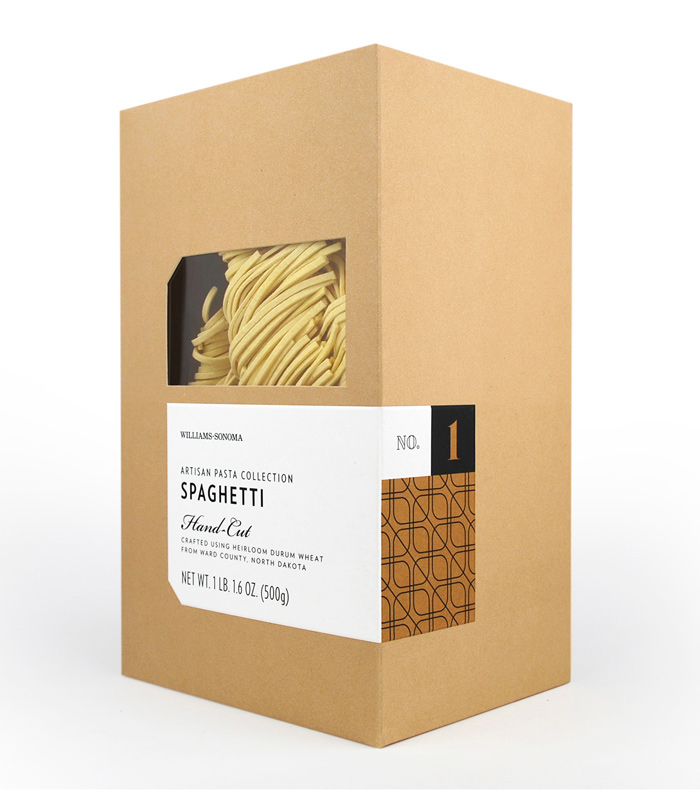
Check with your recycler. No matter what, the plastic parts of these items do not get recycled. Some recyclers sell the mixed paper to pulpers that can easily filter the plastic out. Some recyclers either don't have these types of buyers or focus on producing higher quality mixed paper bales and therefore don't accept the plastic windows. If your recycler says NO to plastic windows, cut them out before recycling these items.
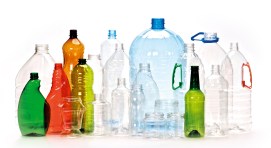
Beverage Bottles (PET)
Curbside: Accepted By Most Curbside Programs
Steps: Rinse out container. Do not crush or flatten.
Outlook: Strong, Recycled PET Market is Solid and Growing
PET is labeled with the #1 recycling code and is frequently used for water bottles, soda bottles, peanut butter containers, salad dressings, cleaners and so much more. It is really popular because it is strong, stable, transparent, light, expensive and shatter resistance. It is also a readily recyclable material. Historically, PET has been recycled (considered RPET once recycled) into carpet fiber, t-shirt fiber, durable parts, shoes and other durable goods. More recently, however, RPET is being used for new single use, food grade packaging. Brands such as Coca Cola have made commitments to using 50% or more RPET in their packaging, which is leading to investments both in the collection of PET bottles (currently only about 30% of PET bottles are recycled) and in efficient processing of recycled PET. Brands like Dr. Bronner's have a bottles-to-bottles recycling strategy that utilized 100% post-consumer waste!
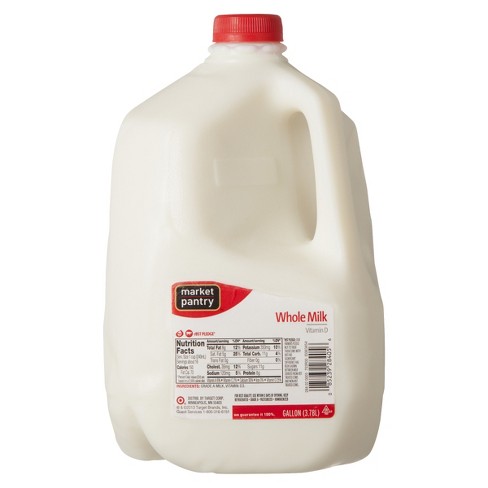
Plastic Milk Jugs and Laundry Detergent Containers (HDPE)
Curbside: Accepted By Most Curbside Programs
Steps: Rinse out container. Do not flatten.
Outlook: Strong, Recycled PET Market is Solid and Growing
Milk jugs, as well as a host of other rigid plastic packaging including laundry detergents and cosmetic bottles, is made with HDPE (high density polyethylene) and is labeled with the #2 recycling code.
In fact, HDPE is the most widely used material for rigid plastic packaging. Unlike PET, HDPE is opaque or translucent (rather than clear). Like PET, it is readily recyclable and accepted by the majority of curbside programs. Recycled HDPE is used to make new HDPE packaging, and is used in durable goods like carpets, sleeping bags, apparel and --- EcoEnclose poly mailers! Brands like Seventh Generation and Method are moving to 100% recycled bottles, showing that (again, like PET) HDPE can be fully recycled versus down-cycled.
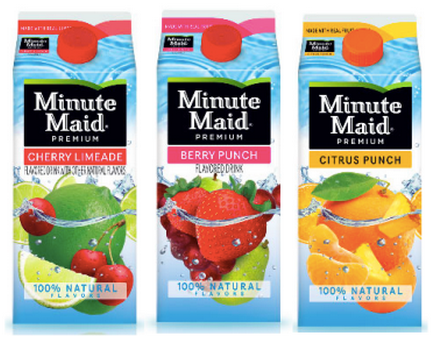
Juice and Milk Cartons (refrigerated cartons)
Curbside: Accepted By Over Half US Programs
Steps: Rinse out container. Do not flatten.
Outlook: Moderate. Programs Struggle to Find New Markets
Check with your curbside program - chances are that these carton are accepted!
Referred to as Gable Top cartons, these refrigerated cartons are made with paper and a layer of plastic on the inside (and often, a layer of printed plastic on the outside). By weight, milk cartons are 80 percent paper and 20 percent polyethylene. A hydra-pulper (essentially a giant blender) repulps the cartons and in doing so, separates the paper from the plastic. At that point, the separated plastic is either landfilled, burned for energy, used in the manufacturing of durable plastic goods, or used in composite lumber. In 2011, only 37% of US households had access to carton curbside recycling. As of 2018, 62% of households had access. This is largely due to the work of the Carton Council, which has worked with recyclers and paper mills to improve carton sorting and repulping technology.
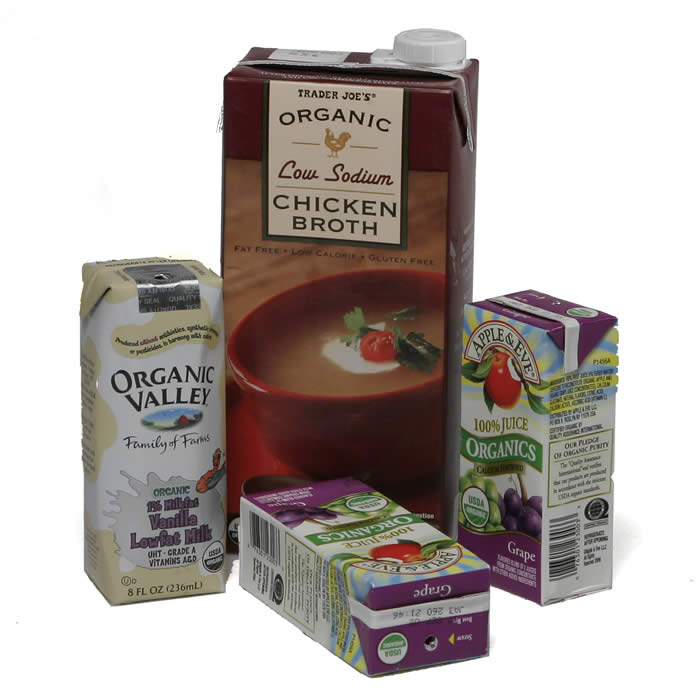
Shelf Stable Cartons (juice boxes, broth boxes, etc)
Curbside: Accepted By Over Half US Programs
Steps: Rinse container. Do not crush or flatten.
Outlook: Outlook: Moderate. Programs Struggle to Find New Markets
Check with your curbside program - chances are that these carton are accepted!
These are considered “aseptic” cartons and can protect liquids for over a year without refrigeration. These cartons are 70 percent paper, 24 percent polyethylene and 6 percent aluminum foil. The aluminum is critical in as a barrier against oxygen, light and odor. The same recycling process and hydra-pulping used for gable top cartons works for these cartons as well, even with the aluminum included in these shelf stable containers. The main difference is that hydra-pulping aseptic cartons generates a Poly/Al mix whose uses are still limited in the US. As such, Poly/Al may be more likely to be landfilled domestically or burned for energy. Poly/Al advancements are being made rapidly in Europe and Asia. Hopefully the US follows suit quickly.
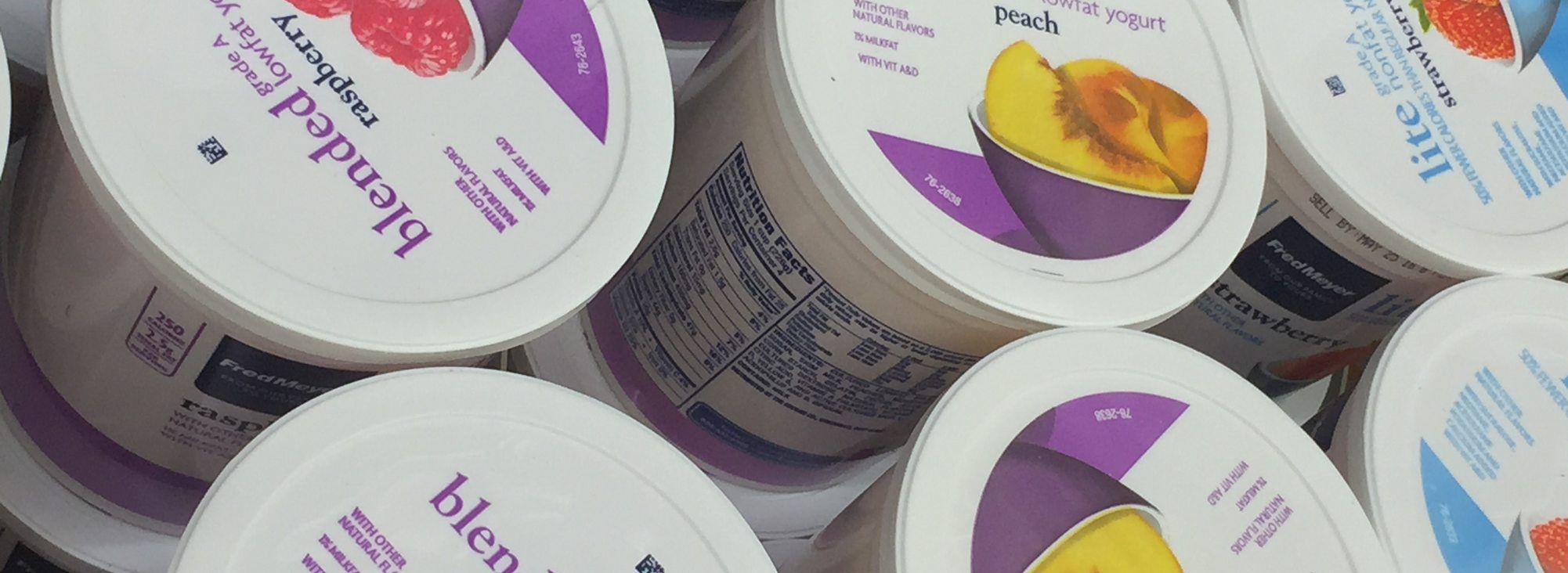
Yogurt Containers and Other Single Serve Containers
Curbside: Accepted by Very Few Curbside Programs
Drop Off and Mail-In Program Exists
Steps: Rinse and dry container.
Outlook is Unclear
Here I’m referring to polypropylene, or #5 plastics, in which the lid is made of plastic as well. Note that the small single serve yogurt containers are often a different type of plastic altogether - #6.
While polypropylene is technically recyclable, most curbside programs do not accept it because they don’t have the equipment needed to efficiently sort, separate and bale it (and the material isn’t necessarily valuable enough for facilities to invest in this equipment).
If you check with your local program and discover that these containers are NOT accepted, participate in Preserve’s Gimme 5 Program instead. With this program, anyone can drop off yogurt cups and other polypropylene #5 plastics to their local Whole Foods store to recycle for free. Consumers can also mail in these plastics directly to Preserve. Preserve recycles the containers into toothbrushes and kitchen utensils.
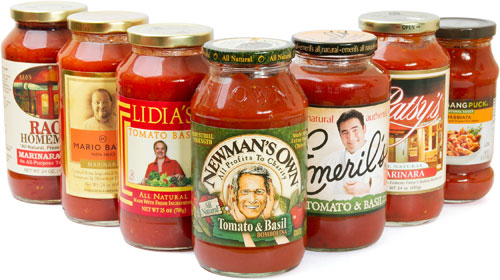
Glass Jars
Curbside: Currently Accepted by Some Curbside Programs. It is Getting More Restricted
Steps: Rinse out containers.
Outlook: Struggling and Unclear; Domestic Manufacturing Investments Seem To Be on the Horizon
Technically, glass is endlessly recyclable. Unlike paper and plastic, it does not degrade in quality when it is recycled. However, programs do face challenges managing glass recycling, and knowing how to recycle glass properly is critical. Many are instructing households to separate their glass. Some are asking households to drop their glass off (versus utilizing curbside pickup). Some have stopped accepting glass altogether.
In the US, only 40% of glass thrown into single-stream recycling collections actually gets recycled (ultimately, 33% of glass used in the US is recycled). In Europe, 90% of glass gets recycled! This discrepancy is due to both our unique single stream recycling process (whose sorting processes and contamination leads to lower quality cullet than recycled glass that is separated by the consumers) as well as the distance between recyclers and glass manufacturers in the US (the weight of glass makes it inefficient and expensive to transport).
Source separated glass programs and the emergence of more and more glass manufacturers focused on using recycled cullet can help to alleviate these challenges long-term.
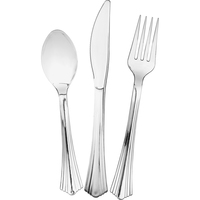
Plastic Cutlery
Curbside: Not Accepted by Curbside Programs
Outlook: Poor. Unlikely to be Accepted By Programs in the Near Future.
Plastic cutlery is typically made with polystyrene, or #6 plastic. There are very few curbside programs that accept cutlery. This is largely because of its unorthodox shape and small size, which makes it extremely challenging for automated sorting equipment to deal with. If you find yourself with plastic cutlery, try to reuse it as many times as possible. When you’re done, throw it in the garbage, unless your recycler explicitly states that they accept it.
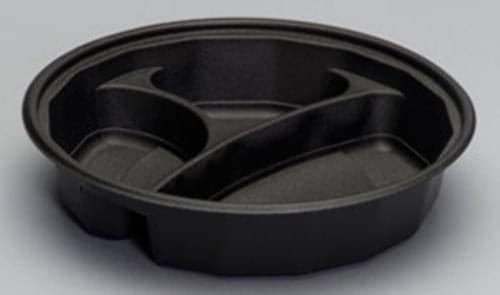
Black Plastic Containers
Curbside: Not Accepted by Curbside Programs
Outlook: Poor. Unlikely to be Accepted By Programs in the Near Future.
Black plastic trays are often used for microwave meals, package ready meals, meat and produce, and storage containers. Black is considered the best way to present many foods. Unfortunately, regardless of what type of plastic it is made out of, the vast majority of black plastic cannot be accepted by curbside recycling programs. This is because the sorting equipment uses an infrared sensor to identify materials. Black plastic absorbs this light, meaning the sorting equipment can’t identify it as plastic and sends it off to the landfill. Unless explicitly stated otherwise by your recycler, toss your black plastic into the trash. Note that despite its recycling challenges, black plastic is sometimes made with recycled plastic, so it is not always an eco-zero!
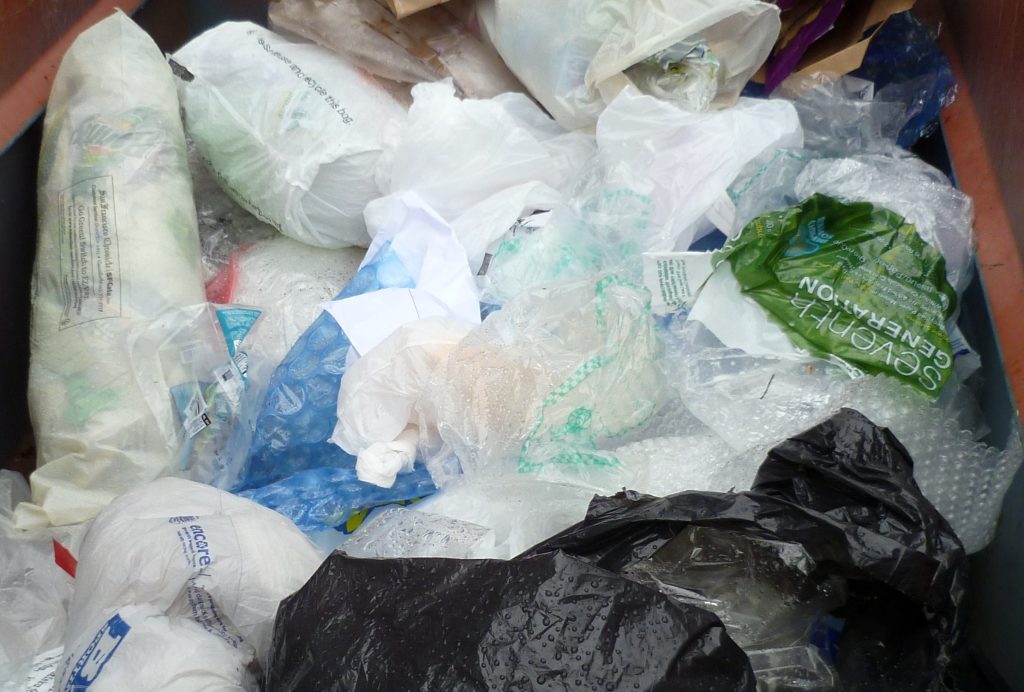
Plastic Film and Plastic Bags (Does not include Tyvek!)
Curbside: Not Accepted by Most Curbside Programs
Drop off Program: The majority of households in the US have access to grocery dropoff program for film
Steps: Ensure film is clean and dry before depositing. Remove labels and any staples.
Outlook: Moderate. Some Store Drop Off Programs Struggle to Find Markets but Regrinding and Remanufacturing Investments Are Being Made.
Plastic bags, including grocery bags, EcoEnclose poly mailers, and cereal liner bags are made with either #4 LDPE or #2 HDPE plastic film. While these materials are technically readily recyclable, they are not accepted by most curbside programs because their flimsy shape means they get stuck in the gears of sorting equipment. This leads to expensive shutdowns and repairs. A handful of recyclers have implemented a curbside "bag your bag" initiative, which asks households to bag film and then recycle the entire bag, allowing it to have enough form and weight to avoid causing issues with sorting equipment.
The majority of grocery stores nationwide participate in plastic film drop off programs. With the store drop off, you can recycle clean and dry plastic film in these bins.
Note that some seemingly plastic bags are actually made with a different material. If you’re not sure, try to rip it. If it tears like paper, throw it out (it may be made with a combination of paper and plastic). If it is made of Tyvek, do not recycle it in your store drop off. Tyvek has a little advertised "take back" program for its Tyvek envelopes (unfortunately, they do ask consumers and businesses to pay for it).
Coffee Cups, Ice Cream Cartons and Other Wet Strength Paper Packaging
Curbside: Accepted By Some Curbside Programs
Steps: Rinse containers. Do not crush or flatten.
Outlook: Slow, But Many Programs Are Looking to Expand These Markets
These items look and feel like paper, but typically have a polyethylene coating or plastic interwoven into the paper and are considered “wet strength paper.”
Many recyclers are working hard to find markets for these items; however, to date, the majority of programs nationwide cannot accept this type of poly reinforced (often incorrectly referred to as wax-lined) paperboard packaging.
If your curbside program does not accept it, toss these items to the trash.
What to Do With Common Items That Are Not Accepted By Curbside Recycling Programs
Coffee Pods: Technically, some pods are recyclable and accepted by a handful of programs. For example, Nespresso pods are made with aluminum. However, the pods are so small that they would get sorted out of most curbside recycling programs. K-cups are made with multiple layers of materials, and if your municipality does accept #5 plastics, you'd have to manually separate out the layers to recycle the plastic components (it is NOT easy to do!). An again, K-cups are often so small that they would get sorted out by recyclers even if the material is technically recyclable. Take advantage of coffee pod companies' take back recycling programs instead. Or better yet, switch to a coffee maker that doesn't require single use pods.
Cooking Oil: Do NOT dump your cooking oil down the drain. It clogs drains (yes, even when you pour hot water after it). Let it cool and dump it into an old milk jug or similar container. Then, find a local program that will accept it. If you can't find one near you, see if you can compost it. Last option is to dump the container in your trash can.
Batteries: Do not throw your batteries in the trash can as they can leak toxins into the landfill. Find a local recycling facility. If you don't have access to a nearby drop off location, put your batteries in a plastic bag before throwing them away.
Apparel, Fabric and Textiles: Usable clothes in good condition should be donated to Goodwill, Salvation Army and other local nonprofits that accept gently used apparel. Apparel, textiles and even shoes in more of a ratty condition should not be donated to these organizations but don't worry - there are some incredible organizations that will accept them such as TerraCycle and Soles 4 Souls. Companies like Patagonia, H&M and Nike will also take your old clothes and shoes. Check out this awesome post by Trash is for Tossers for more great tips.
Mattresses: Mattresses are HUGE and don't flatten out, making them a nightmare for landfills. Unfortunately, they are also very hard to recycle. Resist the urge to just leave your old mattress by the curb just hoping someone will pick it up. This is illegal dumping (and the chances it gets picked up, especially after a rain, are very slim). Donate your mattress to Goodwill or Salvation Army or, if the mattress isn't in great shape, check for a local mattress recycler (like Colorado's awesome Spring Back program) using Recycle 911's guide.
Rubber: The most common rubber items that need to get recycled are tires (including car and bike tires). Tires are as frustrating for landfills as mattresses as they take up a tremendous amount of space, of which 75% is actually just air (known as "void space"). Tires and other rubber products can now either turned into tire-derived fuel or shredded rubber that is used in construction sites (and sometimes, as an alternative to gravel). Use Recycle 911's guide to find a local facility that will accept your used tires.
Energy Bar Wrappers: TerraCycle and Clif Bar have partnered to create a free mail in recycling program for energy bar wrappers!
Not only are these two TerraCycle programs FREE for you to take use, they also donate $0.01 per package received to a related nonprofit.
Wood: If you've finished a construction project and have leftover wood, take it to your local Habitat for Humanity. If that isn't an option for you, check what other facilities will accept this valuable material from you using Recycle 911's guide. Pallets are a different story. First off, try to repair and reuse pallets as often as possible. If that is not feasible, use the Recycle 911 guide to find a local drop off location. Many Lowe's nationwide will accept used pallets.
Yoga Mats: Yoga mats are made with PVC plastic, which is very difficult to recycle. If you're trying to find a new home for your yoga mat, consider reusing it (as a doormat or kids play mat) or donating it first. If that isn't feasible, Manduka's Live On program accepts used yoga mats and they work with The Renewal Workshop to recycle these mats into new materials.
Frequently Asked Questions
Why do some recyclers accept certain items while others don’t?
The three main factors that drive a recycler’s program include:
- What equipment does the recycling facility have and what can it readily sort out.
- What buyers they have access to and how successfully can they sell their output to those buyers.
- How clean and high quality is their output
Recycler A might have a reputation for having low quality contaminated bales for sale and as such, hasn’t been able to maintain the buyers and the pricing they need for their output. Over time they would have to stop accepting materials that they aren’t able to effectively sort and sell, and they’ll have a difficult time bringing on new materials. Recycler B, on the other hand, may have state of the art sorting equipment, highly well trained workers who are manually sorting the loads, and have several brokers on staff who are in charge of securing committed local buyers of materials (including difficult to recycle materials). Recycler B would be able to steadily increase what it accepts and be able to secure high revenues for its goods.
Why Can't I Recycle Shredded Paper? Why Does Size Matter?
The majority of curbside recycling programs require that any recycled item be at least 2” by 2”. Smaller items should be landfilled. This means that many things like business cards and shredded paper often cannot be recycled, despite the fact that the material they are made out of is technically recyclable.
What to do with those Lids?
All bottles and tubs come with lids. What are you supposed to do with them? Virtually all programs ask that you NOT recycle lids separately. The lids are too small and and thin to be sorted properly (see "Why Does Size Matter" above!) so they will just get in the way during the sorting process and will end being landfilled. Some programs will ask that you keep lids on bottles and yogurt containers for recycling. Others will ask that you take them off and landfill the lids (while recycling the bottles).
To Flatten or Not To Flatten?
Most programs ask you to flatten your cartons and keep your plastic intact, to align with how sorting equipment is set up to identify different materials.
To Rinse or Not To Rinse?
If you’ve ever worked hard to get every last drop off peanut butter out of the jar before recycling, you’ve probably wondered - how clean does this need to be?
There are a few reasons why clean is good. Dirty recycling attracts pests and rodents and contaminate an entire recycling bin or bale. Imagine a clean corrugated box being dumped into the recycling bin alongside an open olive oil container. The oil can get all over the corrugated box, making the box unrecyclable. Additionally, when it comes to plastics, the cleaner the bale, the higher the price it fetches. A clean bale of plastic may fetch 20-30% higher market prices, because the manufacturer doesn’t have to do as much work to make it a usable input. Bottom line, don’t waste gallons of water making a peanut butter bottle completely residue free. But, make it a habit to rinse out residue from your food containers.
True or False: “Chasing Arrows” means recycle me?
The chasing arrows symbol is confusing and it doesn't explain how to recycle very well. It does offer some help in identifying what kind of resin is being used an an item (i.e. PET versus HDPE versus PolyPropylene). However, it is only a tiny part of the story. What matters more is the shape, size and your recycler’s unique capabilities. You’ll find that some recyclers say - if an item is X” large and has a neck that is smaller than the bottle of the container, you can recycle me. Don’t ignore the Chasing Arrows and the information they are trying to tell you, but don’t live and die by it either! Some recyclers will only accept chasing arrows #1 and #2. Others don’t say a word about Chasing Arrows but say “if it is a plastic bottle with a neck smaller than its body, it is recyclable."


